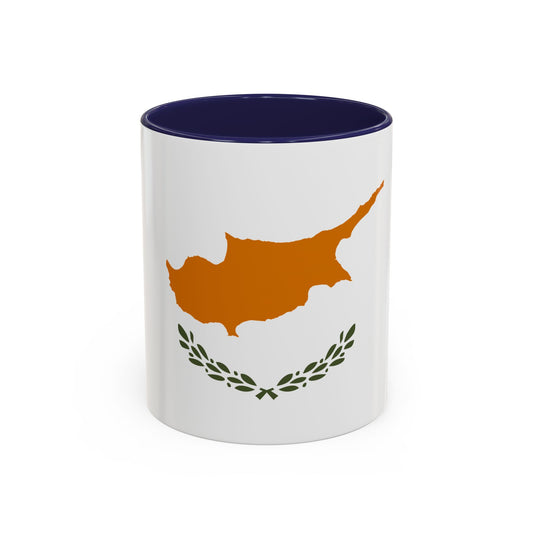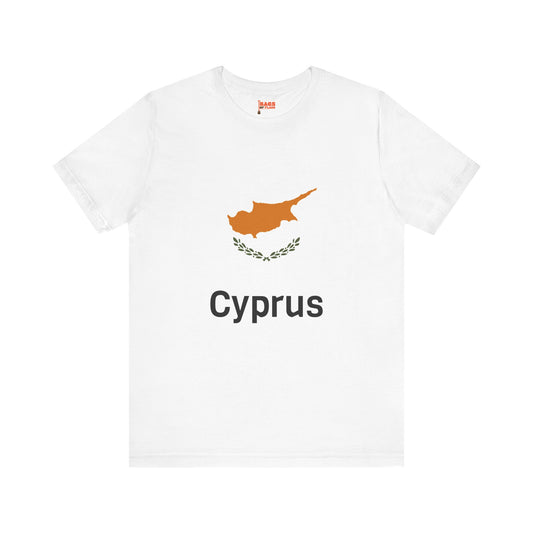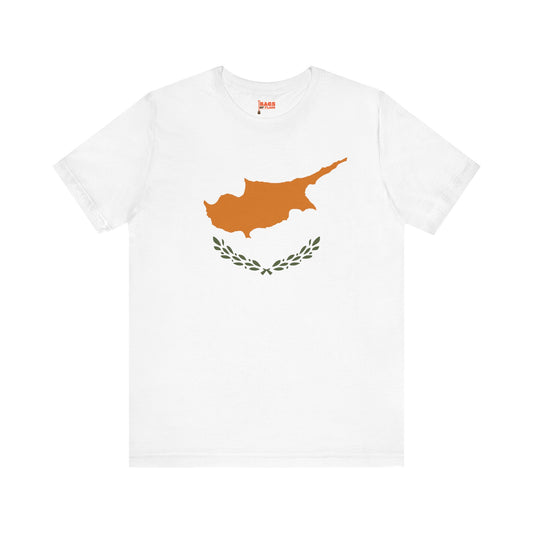-
Cyprus Pillow
Regular price $22.65 USDRegular priceUnit price / per -
Cyprus Backpack
Regular price $59.79 USDRegular priceUnit price / per -
Cyprus Leather Patch Hat
Regular price $18.85 USDRegular priceUnit price / per -
Cyprus Sweatshirt
Regular price $34.15 USDRegular priceUnit price / per -
Cyprus Flag Sweatshirt
Regular price $34.15 USDRegular priceUnit price / per -
Cyprus Inspired Sweatshirt
Regular price $34.15 USDRegular priceUnit price / per -
Cyprus Mug
Regular price $11.65 USDRegular priceUnit price / per -
Cyprus Trucker Cap
Regular price $14.90 USDRegular priceUnit price / per -
Cyprus Hoodie
Regular price $34.40 USDRegular priceUnit price / per -
Cyprus Hoodies
Regular price $34.40 USDRegular priceUnit price / per -
Cyprus T-shirts
Regular price $22.79 USDRegular priceUnit price / per -
Cyprus Inspired T-shirt
Regular price $22.79 USDRegular priceUnit price / per -
Cyprus Flag on Hoodie
Regular price $34.40 USDRegular priceUnit price / per -
Cyprus Flag on T-shirt
Regular price $22.79 USDRegular priceUnit price / per
Collection: Cyprus
The Cyprus flag, also known as the flag of Cyprus, is a symbol of national pride and identity for the people of this Mediterranean island. The flag's design and colors hold deep historical and symbolic significance, reflecting the country's rich heritage and complex political history.
Overview of the Cyprus Flag

The flag of Cyprus features a distinctive and meaningful design that stands out among national flags. At its heart is a copper-colored outline of the island, positioned centrally against a pure white backdrop. This choice of color not only references the island's long-standing history with copper mining but also symbolizes its economic significance.
Two olive branches are depicted directly above and below the island silhouette, embodying a message of peace and reconciliation. These olive branches serve as a hopeful gesture towards unity and peaceful coexistence between the island's communities. The design's simplicity and profound symbolism make the Cyprus flag a unique emblem of the nation's aspirations and values.
Historical Context of the Cyprus Flag

Adopted on the 16th of August, 1960, the flag of Cyprus was created during a pivotal moment in the island's history, marking its newfound independence from decades of British colonial rule. The design, conceived by İsmet Güney, a Turkish Cypriot art teacher, emerged as a symbol of hope and unity for a nation stepping into sovereignty. The selection of this particular flag design was significant, as it was intended to promote peace and coexistence between the Greek Cypriot and Turkish Cypriot communities living on the island.
The adoption of the flag coincided with the establishment of the Republic of Cyprus, a period filled with optimism yet overshadowed by ethnic tensions that would eventually lead to inter-communal violence and the island's division. The flag's symbolism, emphasizing reconciliation and unity, thus became even more poignant against the backdrop of these ensuing conflicts.
Over the years, the flag has remained unchanged amidst the island's evolving political landscape. Its adoption was a mere formality of achieving independence and a declaration of the island's identity and aspirations on the international stage. Despite the unresolved division that still affects Cyprus today, the flag reminds the island of its ongoing quest for peace and harmony among its communities.
Symbolism Embodied in the Cyprus Flag
The design elements of the Cyprus flag are replete with symbolism that reflects the nation’s aspirations, cultural heritage, and the shared history of its people. Central to the flag's imagery is the silhouette of the island itself, symbolizing the unity and identity of Cyprus as a whole beyond the divisions between its communities. Given the island's complex history of conflict and division, this representation is particularly poignant, underscoring a universal Cypriot identity that transcends ethnic lines.
Beneath the copper-hued outline of Cyprus, the olive branches offer a rich layer of symbolism. Traditionally associated with peace and victory, these branches express the enduring hope for reconciliation and harmonious coexistence among the island's Greek Cypriot and Turkish Cypriot populations. Their presence on the flag is a constant reminder of the collective desire for a peaceful resolution to ongoing tensions and the aspiration towards a united and prosperous future for all Cypriots.
The choice of copper color pays homage to Cyprus’s ancient connection to copper mining, a significant aspect of the island’s economic history and cultural identity. This nod to the past not only acknowledges the island's rich resources but also symbolizes the resilience and strength of the Cypriot people throughout history.
Together, these elements intertwine to convey a message of unity, peace, and a shared heritage, embodying the core values and hopes of the Republic of Cyprus.
Current Relevance of the Cyprus Flag
Today, the Cyprus flag maintains its significance as a symbol of sovereignty, flown proudly at governmental buildings, educational institutions, and during national festivities. It encapsulates the aspirations of the Cypriot people for unity and peace, particularly during significant national events such as Independence Day. Despite the island's divided status, the flag symbolizes a common identity for all Cypriots, transcending political and ethnic divides. It is also visible in international settings, emphasizing Cyprus's role on the global stage, from diplomatic engagements to sports events. However, the emblem's display can sometimes spark discussions due to the island's political situation, reflecting the complexities of national identity in a divided nation. It remains a potent symbol in efforts toward reconciliation and peace, underscoring the ongoing significance of the flag in representing not just the nation’s past but its hope for a unified future.
Additional Facts About the Cyprus Flag
The protocols for displaying the Cyprus flag follow a tradition that respects the symbol's significance, with the flag being ceremonially hoisted at dawn and respectfully lowered at dusk. This practice underscores the deep respect and reverence held for the flag as a national emblem. One of the more intriguing incidents in the flag's recent history occurred in 2006, when it was removed from a UN-sponsored event, igniting a debate about the flag's representation and the sensitivities surrounding the island's division. Such episodes highlight the complexities and challenges of symbolizing national unity in a context of geopolitical division.
Interestingly, the Cyprus flag is unique among national flags for its explicit symbolism of peace and unity, which sets it apart in international forums. When displayed alongside other national flags, it serves as a reminder of Cyprus's commitment to peace, cooperation, and hope for a reconciled future. This aspect of the flag's identity plays a critical role in diplomatic settings, where it silently communicates the values and aspirations of the Cypriot people on the global stage.
Moreover, the flag's design resulted from a competition to represent the country’s aspirations for peace and unity, a testament to its foundational significance. It’s worth noting that despite the political tensions on the island, there have been no significant changes to the flag since its adoption in 1960, underscoring its enduring message and the collective hope it represents for all Cypriots. This unaltered persistence highlights the flag’s role as a constant in the nation's evolving narrative, embodying the timeless aspirations of its people for unity and peace.




























